#white jane
Note
Hiii, I really love you fake film meme’s and was wondering if you could explain 4 of them because they sounds so interesting!!!! I’d love to know ur full outlook on Flameringer, White Jane, Sully and Jane and Cherry Picker.
It’s okay if you don’t have a storyline in mind!! just really curious cause they sound so awesome😊
Hi!
Sorry for the late response, but it's such a weighty question - not in a bad way, but in a very intentional and attentive way - so I had to take some time out to answer it.
Nevertheless, all of those were super fun to come up with. Each of them have a theme, of course, but all of them are eerily similar to each other (because I actually didn't mean to make them be; it just so happens my brain is into those dark things, yikes).
Anyway, let's delve into them because we can! Yay!
//
1. FLAMERINGER -
theme: search for identity / the power of imagination / generational connection (and trauma) / the importance of storytelling / revenge / most importantly: un-actualized self vs ideal self
With Flameringer, Sam struggles with not knowing who he is and feeling "ostracized” within himself, which creates a bitterness at all the 'well-connected’ and ‘wealthy' folk around him, so he's always defensive. This is nothing new in any angry lead, but what makes this story so compelling is his ability to fill this ancestral (and individual) loss of identity by creating stories of who his father and grandfather were. And, naturally, he imagines them as 'Dirty Harry' types, which we find out later in the movie they're not, but by that point he's regressed so far into his identity that it's too late.
So... he gets revenge with all his other resentful friends, dealing with the same ancestral problems, by setting the 'corrupt' governor's house aflame with him in it. Because it was never about the dog - well, maybe a little. He destroys several properties around town, hurts several wealthy - and non-wealthy folks in the process - and all the while the movie is glittered with surreal sequences of Sam's imagination of his father - and, somehow, those moments are so sweet, because even if he paints them in this violent lighting, he also lends them these quiet, intimate, and vulnerable moments where he intertwines his own softness with theirs. Like the kindness he lends to his black horse, alcoholic mother, and sister that never was. It's like all his softness extends only to that world, but it's more murkier than ever when he dreams about his grandfather killing people, like -
I suppose it also gets into the analysis of white supremacy and the patriarchy without meaning to, but it makes for a surreal ride if it's done well.
2. WHITE JANE -
theme: 'actions have consequences' / nostalgia / memory / un-actualized self vs. ideal self / 'the butterfly effect' / search for identity / the parallel aspect of life
This is one of those movies where there's three different plots, but they all connect in the end. Obviously, Lee is a chemist so he made a bad batch of cocaine - or laced his batch with something he shouldn't have - and Jane was a secret addict so she died. Now, they're onto him, particularly the lawyer Joel who wants to make a difference. At the same time, Kierra skips school - for the first time - with her classmates. By the time Joel finds Lee out, Kierra dies from Lee's bad batch after doing cocaine with her friends. Throughout the movie, Lee meets Joel several times, and they talk, unaware of each other, as does Kierra - once - with Lee and Joel separately. As if these parallel lines were connecting for the first time and it's kind of heartbreaking because they'd all be good for each other, if not for the different choices and selves they've made.
Now, the point here isn't 'never skip school' or 'don't do drugs'; it's more like choices work like a river: they move endlessly down a mountain and are extensive as they go. There's no way to control these actions once they're done; Lee tries to track his batch, but it's out of his hands, and he finds out Kierra dies and finally understands the depth of the 'one' thing he did. Nostalgia and memory here are key, because the other time the characters spend reanalyzing their lives and actions. Their childhoods. The fuzziest, grainiest moments in their lives. And use those very things to almost justify and propel their actions forward - even Jane does, and it's dangerous, especially when some of the events never even went that way. Especially when it makes them do dumb things -
Lee goes to jail, Joel gets hired by an amazing law firm, and Kierra's family is devastated. In the end, Joel visits Lee in prison and the camera fades out to them having this moment in time together; parallel lines finally deciding to meet. And it's good, because maybe someone doesn't have to stand in for misfortune; maybe they can just be good. Obviously, the audience is unsure of whether this is a fair ending, but you sort of can't help but be happy about it. Maybe that river of evil can end somewhere. Maybe it ends here -
Also, there’s a very powerful critique of race when it comes to tragedy and crime; everyone cared about governor Jane, but Kierra and many others are forgotten, and Joel isn’t credited, which is why it’s called White Jane, but also because the ‘river’ traces back to her.
Anyway, the movie could only be set in the early 2000's, like 2005 or 2007, because there has to be this ting of nostalgia and haze to it. Like we're staring into a snow globe or something. It makes you unable to resist the same thing the characters are using to drive their choices, but also make you realize you're watching a 'movie' so it's untrustworthy in the sense of perspective.
3. SULLY AND JANE -
theme: the power (and danger) of imagination / the importance of storytelling / un-actualized self vs. actualized self / lust / greed / love / dreams / nostalgia / nihilism
So... most of the movie is fuzzy to me, but it’s incredibly similar to Flameringer in that the characters live a lot of their lives in their imagination. The whole movie is surreal and combines scenes inside of the characters’ heads, even the sadistic Yeun. All of them create their own stories and reasons for why they make the choices that they do, but ultimately, like White Jane, it’s all tainted and never justifies the havoc they wreak on people. However, this is different in that it highlights the importance of a good story for the human; while Flameringer highlighted the importance of ancestry (and deconstructing it), Sully and Jane recognizes the importance of a good story (perhaps a moral one too) for the person. If not, it could disrupt their whole sense of self, like it has to all the characters.
To them, their lives are not real - as if matter itself bends to their desires - which is where the musical sequences become both terrifying and irresistible. All of them hurt people, but to us it looks like the people want to be involved.
Anyway, the story goes Sully and Jane borrow Gregory’s (Steven Yeun) money, but their ‘friends’ take it from them, and so they have to recover it, while all the while - just like in White Jane and Flameringer - hurting everyone around them. But they don’t care, because it’s as if the world isn’t real to them and only their stories are; nihilism is at its worst in this one. However, as an audience, you can’t help but root for Sully and Jane, because it’s almost as if they’re unaware of what they’re doing, while the others know very clearly. Riding around town, chasing each other, having shoot-outs; it’s all this fun fantasy they’re unaware is destroying towns. Both of them spent most of their childhoods watching TV or reading a book, but never really talking to people.
In the end, they die by sacrificing themselves for the sake of ‘cutting their story short.’ The longer they live, the worst the story gets, so they overdose everyone’s drinks with a sort of hallucinogenic and they all sort of have this whimsical dance sequence together (’Mucho Mungo/Mt. Elsa’). It’s beautiful, but bizarre.
4. CHERRYPICKER -
theme: self vs. self / lust / ‘the butterfly effect’ / search of identity / creativity / art vs artist / nihilism
With this one, the issue is the two leads are artists unable to make art. One works at an art gallery and the other at some museum curation thing; they’re cherrypickers, who curate art and find it, but can never have it; endlessly, they see these beautiful pieces of art that they can’t replicate. Who are they if they can’t be creative? If they can’t make art? They’re bored, unable to resist their desires, and blame this lack of ‘creating’ on the world around them; it’s people that make it hard to make art. Therefore, one night, in their car, they’re high, not paying attention to the road, and kill someone by accident. Naturally, they hide the body, and seem to get away with it, but when they find out the person wanted to die anyway - after doing some digging - they believe there’s something ‘artistic’ about that sort of death.
And thus it begins. Just like in White Jane, while these deaths seem ‘justified’ with their own reasoning, a person is never just one person. A person is a family, friends, or co-workers, so someone finds out their loved one died and, also struggling with their self-control and desires, unleashes their bloodlust of sorts. Now, someone else is killing people too - for the hell of it - and cops start to figure it’s a revenge of sorts. But it’s weirder than that; it’s an anger that resembles Hader’s and Bridge’s; someone took her ‘cherry,’ her thing, and that’s that -
Again, this idea of filling the void of self, like Flameringer, with creation and ideation. This idea that creativity (and art) is intrinsic to the person, whether they know it or not, and if they don’t have it... well, they’ll go wild. Of course, there’s depression and anxiety also intertwined here; neither of them value themselves outside of what they do, even if it’s something as ‘positive’ as art - though, is art always positive? Anyway, they hate themselves so they lash out and take ‘art’ by taking lives.
I figure in the end they realize they don’t love (and need) art as much as they need (and love) each other. They’re not willing to go through with each other’s suicide, which would be their form of finalizing their ‘artistic’ piece. So they choose love over art. Figuring that love in and of itself is creative. So they turn themselves in, after fighting tooth and nail with Comer before she falls to her death. And, just when they get back in their car, a fire starts up and they burn in the car together. And the frame looks like a chiaroscuro painting - bright, but dark, and beautiful, and unforgettable -
What that means I do not know. But that’s that.
//
Anyway, what do you think? Is it what you envisioned? Is it different? Would you end any of these differently? Is there another fake film meme you’d like me to dissect?
I’m all ears!
Love,
K
8 notes
·
View notes
Text
do not. Sell my husband twelve fascinating issues of Zoobooks and the Tiger Poster.
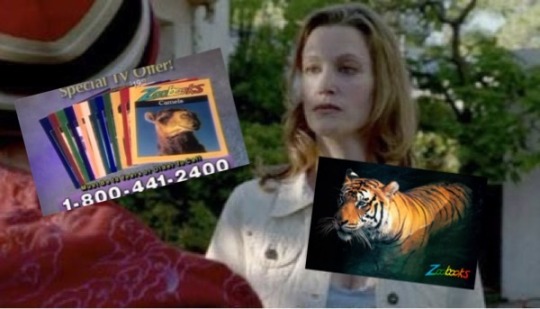
#am I doing this meme right idk#but Walt and Jessie would thrive in the zoobooks market tbh#walter white#jessie pinkman#skylar white#skyler white#saul goodman#gus fring#mike ehrmantraut#jane margolis#breaking bad#better call saul#amc#tv shows#zoobooks#nostalgia#tigers#animals#meme#me post#pic#🖤🖤🖤
67K notes
·
View notes
Text

Janet Fitch, White Oleander
4K notes
·
View notes
Text
I love you "boring" female characters. I love you ingenues. I love you female characters who aren't "modern" enough. I love you female characters who aren't "badass" enough. iI love you female characters who aren't "empowering" enough. I love you quiet female characters. I love you unappreciated female characters. I love you polite female characters. I love you female characters who "can't appeal to modern audiences." I love you frightened female characters. I love you female characters labeled as not complex just for being nice. I love you female characters who get criticism just for not being their tomboy or femme fatale counterpart. I love you silk hiding steel trope.
#literature#theatre#movies#cosette fauchelevent#anne elliot#fanny price#elinor dashwood#alicent hightower#sansa stark#meg march#beth march#if you guys can think of any more let me know#much ado about nothing hero#feminism#but if I see this get labeled as trad fem it's blocked on sight#jane seymour#jane bennet#juliet capulet#Snow White#Cinderella#aurora#princess aurora#lucie manette#elain archeron#emma carew#phoebe dysquith#christine daae#stella ransome#cordelia#desdemona
13K notes
·
View notes
Text

Adit Priscilla in ‘In Bloom’ for Harper’s Bazaar, March 2022
Photographed by Pieter Hugo
#adit priscilla#lana del rey#girlblogging#marilyn monroe#vintage fashion#jane birkin#lana del rey aesthetic#this is a girlblog#vintage aesthetic#girlblog#photography#fashion photography#black and white photography#coquette angel#coquette#coquette aesthetic#coquette fashion#coquette dollete#girlblogger#dollette#dollette aesthetic#editorials#fashion editorial#editorial#art#harper's bazaar#woc#woc beauty#fashion
2K notes
·
View notes
Text

guys do you see my vision here
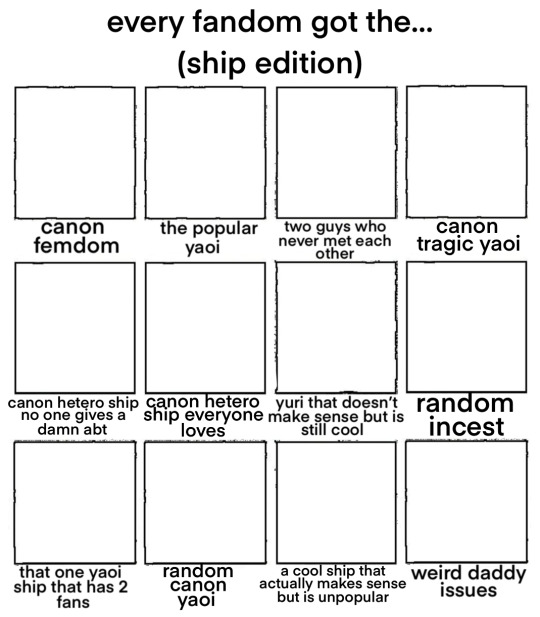
#better call saul#breaking bad#brbabcs#time to tag all the characters …🙂#jimmy mcgill#saul goodman#kim wexler#mcwexler#lacho#laloward#lalo salamanca#nacho varga#howard hamlin#gusmax#gus fring#max arciniega#walter white#skyler white#jesse pinkman#jane margolis#lydia rodarte quayle#chuck mcgill#mike ehrmantraut#and that david guy
2K notes
·
View notes
Text
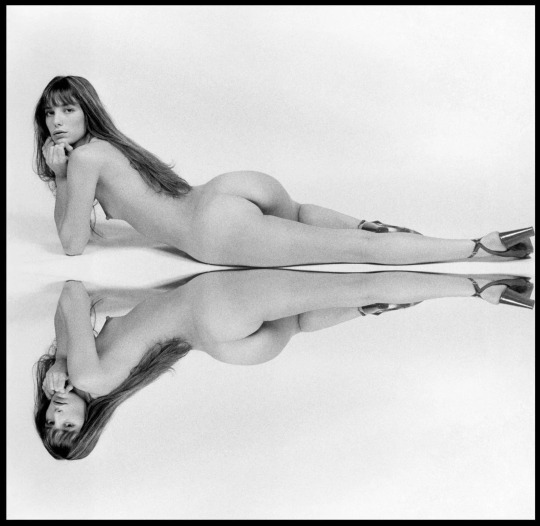
Jane Birkin by Jean Pierre Fizet, 1974
#jane birkin#french#french cinema#french new wave#Jean Pierre Fizet#artistic nude#nude art#experimental photography#photography#art nude#female nude#fashion photography#vintage nude#black and white#black and white photography#black and white nude#monochrome#vintage photography#photoshoot#analog photography
6K notes
·
View notes
Text
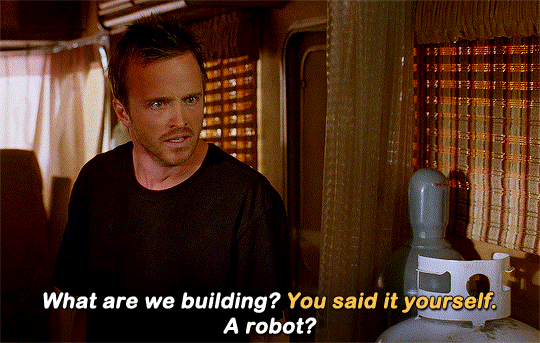
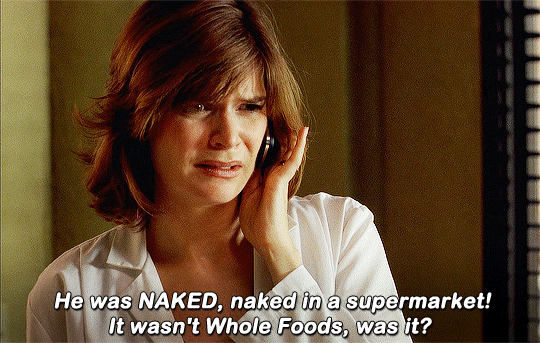
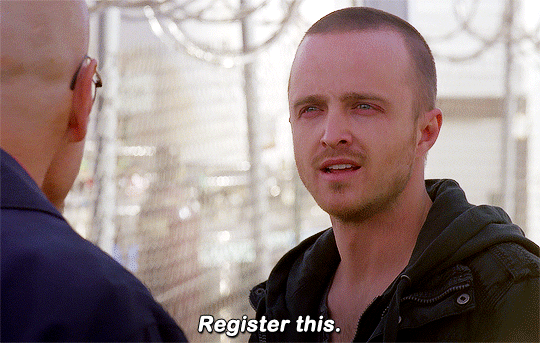
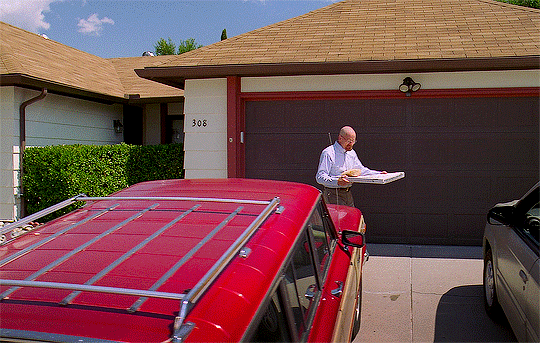


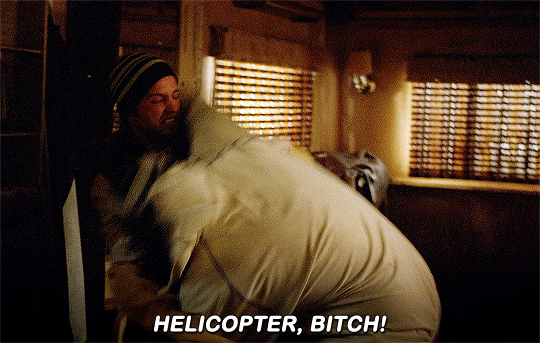

Breaking Bad + No Context (Part 3)
#breaking bad#brbaedit#brba#breakingbadedit#brba no context#walter white#jesse pinkman#hank schrader#jane margolis#marie schrader#badger mayhew#tvedit#userrobin#tvandfilm#chewieblog#bblecher#useraurore#usergal#kane52630#tv#gifs
5K notes
·
View notes
Text

"I really must say goodnight..."🕯️🕯️
--
Regency Period AU! Alex and Henry
#Firstprince#RWRB#RWRBfanart#rwrb fanart#alex claremont diaz#henry fox#red white and royal blue#henry george edward james fox mountchristen windsor#based on a scene from 'Becoming Jane'#art of mine
1K notes
·
View notes
Text

Jane Russell in “Young Widow” - 1946
#vintage#hollywood#actress#jane russell#black and white#retro#movie#young widow#40's#1946#beautiful#old hollywod glamour
522 notes
·
View notes
Text

Breaking paw
#jesse pinkman#myart#breaking bad#brba#todd alquist#jane margolis#walter white#lydia rodarte quayle#uncle jack#skyler white#etc#saul goodman
413 notes
·
View notes
Text
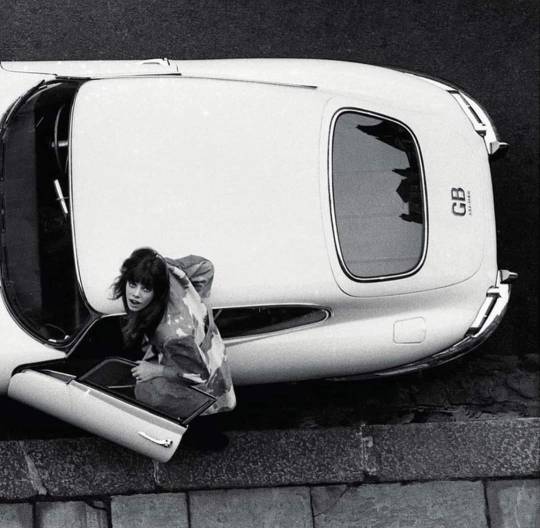
Jane Birkin hops in her Jaguar E-Type, 1965
632 notes
·
View notes
Text
being a breaking bad fan with media literacy is harder than anything that fuckass bald man went through
#you guys need to get a grip#i cant be the only bitch out here that gets it#breaking bad#brbabcs#walter white#jesse pinkman#saul goodman#mike ehrmantraut#gus fring#better call saul#skyler white#yes this is targeted#skyler doesn’t deserve the hate#hank schrader#marie schrader#flynn white#jane margolis#todd alquist
934 notes
·
View notes
Text


Sharon Tate in a Halston hat for Harper’s Bazaar
Photographed by Neal Barr, 1967
#girlblogging#this is a girlblog#vintage fashion#lana del rey aesthetic#jane birkin#girlblog#marilyn monroe#lana del rey#vintage aesthetic#1960s#sixties#fashion#art#girlsofthesixties#photography#black and white photography#vintage#vintage photography#1960s music#1960s fashion#1960s model#1960s movies#1960s style#1960s history#harpers bazaar#swinging 60s#swinging london#swinging sixties
919 notes
·
View notes
Photo

Jane Greer dreaming she is pursued by the ghosts of three actors she has to bump off in her forthcoming movie, Out of the Past.
Peter Stackpole, “Jane Greer,” Life, Jun 2, 1947
#jane greer#life magazine#old hollywood#out of the past#1940s#vintage#peter stackpole#dream#nightmare#photo montage#photo restoration#black and white#photography
576 notes
·
View notes
Text

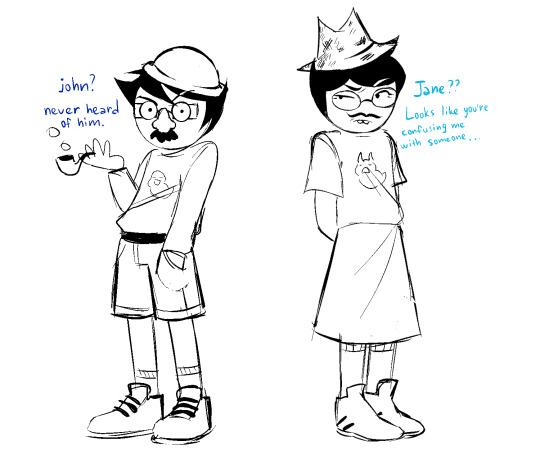
some shit for april fools day
in the first one i probably should have drawn jane instead of gamzee but im too lazy to fix that ok???????
623 notes
·
View notes